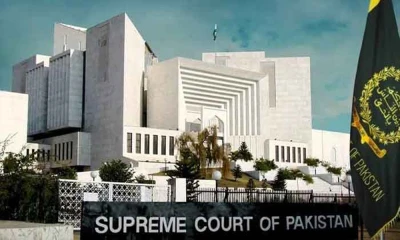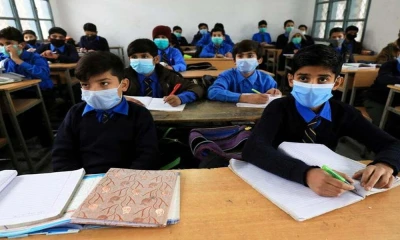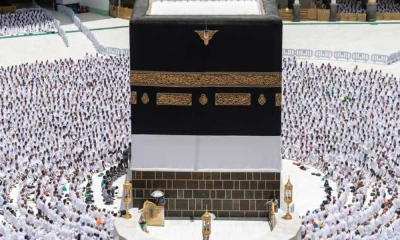Pakistan
Fiscal deficit surges 3.8pc to Rs2.56 trillion in three quarters, Economic Survey reveals
During first nine months of FY22, total tax collection grew by 28.1 percent to reach Rs4,821.9 billion as compared to Rs3,765 billion in the comparable period of last year
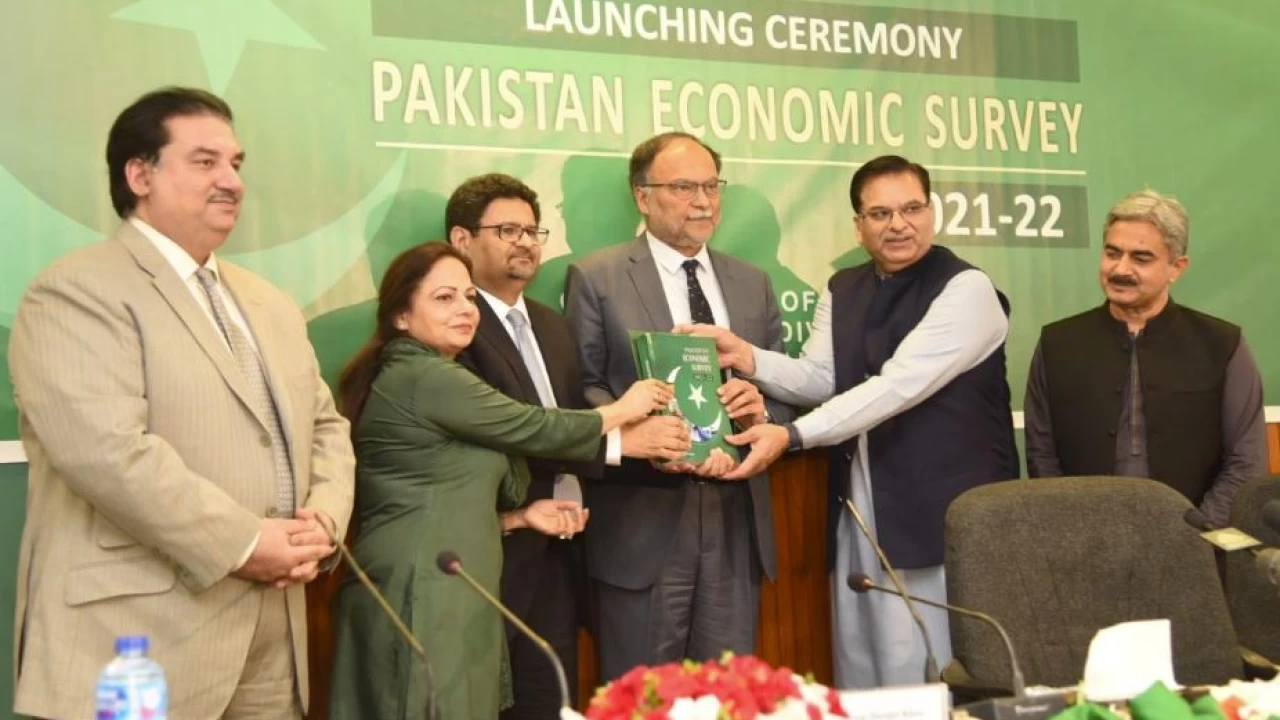
Islamabad: The fiscal deficit jumped to 3.8 percent of GDP and was recorded at Rs2,565.6 billion during July-March FY2022 against 3 percent of GDP (Rs 1,652.0 billion) in the same period of last year, Pakistan Economic Survey 2021-22 revealed Thursday.
According to pre-budget document released by Finance Minister Miftah Ismail, the primary balance posted a deficit of Rs447.2 billion against the surplus of Rs451.8 billion during the period under review.
While revenue deficit also deteriorated to 2.2 percent of GDP in the first nine months of FY2022 against the deficit of 2 percent of GDP in the same period of FY2021. Total revenues increased by 17.7 percent and reached Rs 5,874.2 billion in July-March FY2022 against Rs 4,992.6 billion in the same period of last year.
According to the survey, revenue growth appears to be impressive when compared to the meager 6.5 percent growth recorded in the same period of FY2021. A significant increase in tax collection was a key factor in boosting revenue growth, which more than offset the decline in non-tax revenues during the review period.
During the first nine months of the current fiscal year, total tax collection (federal and provincial) grew by 28.1 percent to reach Rs 4,821.9 billion as compared to Rs 3,765.0 billion in the comparable period of last year.
Non-tax revenues, on the other hand, fell 14.3 percent to Rs 1,052.2 billion in July-March FY2022, compared to Rs 1,227.6 billion in the same period the previous year. Within the total, federal non-tax revenue declined by 16.3 percent to Rs 958.5 billion in July-March FY2022 against Rs 1,145.4 billion in the same period of last year.
In contrast, provincial non-tax collection increased by 14.1 percent to reach Rs 93.7 billion during July-March FY2022 against Rs 82.2 billion last year. The decline in federal non-tax collection is largely attributed to the significant drop in receipts from petroleum levy, GIDC, and SBP profit. Petroleum levy receipts, in particular, fell by 66.0 percent. Due to higher international oil prices during the current fiscal year, the government reduced the petroleum levy and sales tax to provide relief to the masses.
On the expenditure side, total spending witnessed a sharp increase of 27.0 percent in July-March FY2022 against the contained growth of 4.2 percent in the same period of last year. A significant rise in development and non-markup current spending contributed to an increase in total expenditures during the year. In absolute terms, it stood at Rs 8,439.8 billion during the first nine months of FY2022 against Rs 6,644.6 billion in the comparable period of last year.
Within the total expenditures, current expenditures grew by 21.2 percent to Rs 7,378.0 billion during July-March FY2022 as compared to Rs 6,085.4 billion in the comparable period of last year. During July-March, FY2022 non-mark-up expenditures grew by 32.1 percent to stand at Rs 5,259.5 billion while mark-up payments, on the other hand, witnessed a restricted growth of 0.7 percent during July-March FY2022 against an 11.9 percent increase in the preceding year.
The break-up of non-markup expenditures shows that defence expenses registered a growth of 12.5 percent to the tune of Rs 881.9 billion during July-March FY2022 against Rs 784.0 billion in the same period last year.
Similarly, current subsidies amounted to Rs 575.2 billion in July-March FY2022 up from Rs 204.3 billion in the same period the previous year, representing a growth of 181.6 percent.
During the first nine months of FY2022, the government provided Rs 518.2 billion to the power sector which is 167.1 percent higher than Rs 194.0 billion in the same period last year. In the power sector, Rs 159.6 billion was provided for the settlement of IPPs circular debt and Rs 207.1 billion for inter DISCO tariff differential. Further break-up of subsidies shows that Rs 21.3 billion was provided for petroleum and Rs 11.0 billion for a fertilizer plant.
Another key component that has contributed to a sharp rise in non-mark up current expenditure is grants to others. During July-March FY2022, grants to others increased by 116.8 percent to reach Rs 920 billion against Rs 424.3 billion in the same period of FY2021. A major impetus in grants came from grants for COVID-19 vaccine procurement, HEC, DLTL (a drawback of taxes), BISP, and contingent liability.
Total development expenditure increased significantly by 54.6 percent during July-March FY2022 after a contraction of 11.1 percent in the same period of last year. In absolute terms, it increased to Rs 1,032.7 billion in July-March FY2022 against Rs 668.0 billion in the comparable period of last year.
The federal PSDP (including development grants to the provinces) grew by 28.1 percent to Rs 452.3 billion during July-March FY2022 against Rs 353.0 billion last year. With the widening of the fiscal deficit during July-March FY2022, total financing needs increased by 55.3 percent. Domestic and external resources fetched Rs 1,584.2 billion and Rs 981.5 billion, respectively, during July-March FY2022. Out of total domestic resources, financing from banks stood at Rs 1,051.7 billion and from non-bank Rs 532.4 billion.
During the first nine months of the current fiscal year, provinces recorded a combined surplus of Rs 599.8 billion against Rs 412.7 billion in the same period of last year. Punjab contributed the most to the surplus, followed by Sindh, Balochistan, and Khyber Pakhtunkhwa.
SOURCE: APP
-

 Business 6 hours ago
Business 6 hours agoGold glitters again in Pakistan after surge in global markets
-
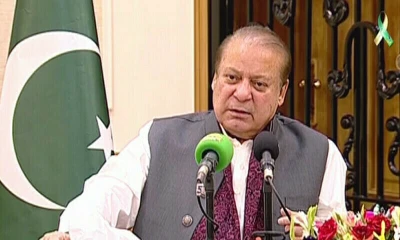
 Pakistan 2 days ago
Pakistan 2 days agoPMLN govt is going in right direction, says Nawaz Sharif
-
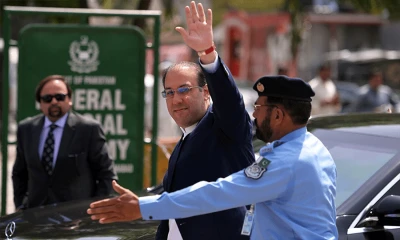
 Pakistan 11 hours ago
Pakistan 11 hours agoUK court declares Hassan Nawaz bankrupt
-

 Pakistan 1 day ago
Pakistan 1 day ago'Irrefutable' evidence: Tarar urges courts to decide May 9 cases swiftly
-

 World 2 days ago
World 2 days agoTrump names Caroline Levitt as White House press secretary
-

 Regional 12 hours ago
Regional 12 hours agoSibi by-election: PPP's Sardar Kohiyar Domki wins
-

 Crime 2 days ago
Crime 2 days ago7 security personnel martyred, 15 injured in Kalat attack
-
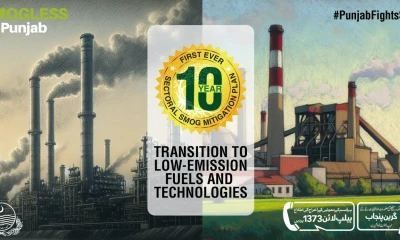
 Pakistan 1 day ago
Pakistan 1 day agoDETOXLAHORE a revolutionary step against smog in Punjab, for Lahore’s air quality






